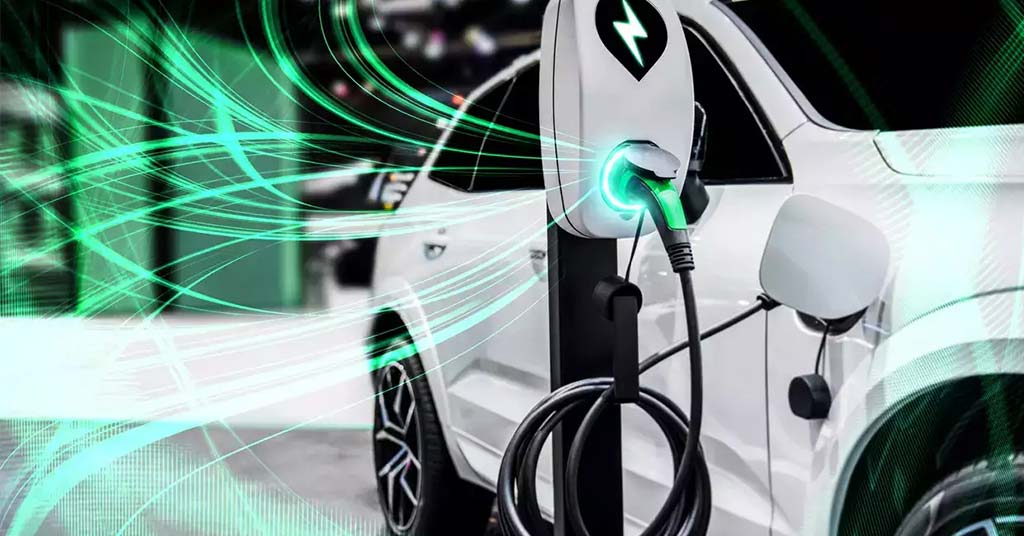Welcome To ChemAnalyst

China: China witnessed a significant increase in the sales of electric vehicles, with a 93% year-on-year rise, reaching a total of 6.89 million units in 2022. However, there was a sharp decline in passenger plug-in electric vehicle sales by 55.8% in January, dropping to 408,000 units. This decline followed the termination of China's EV subsidies at the end of 2022, and there is now skepticism about the country achieving the predicted 9 million units in EV sales by 2023.
To cope with the subsidy's termination, China is expected to continue shifting from Nickel-Manganese-Cobalt (NMC) batteries to the cheaper Lithium Iron Phosphate (LFP) batteries in Q2, expediting the switch. The end of state support has affected the price of raw materials, especially Lithium Carbonate and Lithium Hydroxide, with the latter being used for Nickel-rich NMC batteries. The share of NMC batteries in Chinese production declined from 56.8% in January 2021 to 34.8% in January, reflecting the impact of the subsidies' termination on the price dynamics of raw materials.
The declining cost competitiveness of LFP batteries has caused concerns despite being traditionally known as more affordable compared to NMC622 batteries; this is due to Lithium prices shooting up over the past two years. As of December 2022, the cost of LFP batteries had reduced to only 41% less than NMC622 on a per-kilowatt-hour basis from the previous year's 61%.
The gloomy outlook for demand from China in Q2 is due to a potential increase in COVID-19 cases, and low end-user buying interests. Fortunately, sources have stated that there is hope for increasing spot demand; however, it depends on the gradual recovery of downstream demand in Q2, following consumers finishing destocking activities in Q1.
In Q1, the termination of China's 'zero-COVID' policy triggered a surge in cases, resulting in market participants keeping away from making expensive purchases like EVs. This led to a decline in Lithium prices due to the weakened macroeconomic environment.
As we move into Q2, there are conflicting views on Chinese Lithium salt prices, with some predicting a decline below Yuan 100,000/mt, while others expect it to remain rangebound at Yuan 200,000/mt. This uncertainty is also expected to reflect in the global market as prices that previously withstood Chinese declines began to slip around mid-January.
According to recent reports, Lithium Carbonate and Lithium Hydroxide CIF North Asia prices have undergone a significant decline. Both were priced at $56,500/mt and $62,500/mt respectively as of March 31, indicating a considerable decrease of 24.6% and 23.1% since the beginning of 2023.
Despite this decline, international Lithium Carbonate prices remain slightly higher than China's domestic prices. Import parity levels were recorded at Yuan 220,780/mt as of March 31.
However, prospects on the supply side are set to increase with the commissioning of four new greenfield Lithium projects in the first half of this year. Once fully operational, these projects are expected to contribute an additional 132,000 mt/year of Lithium Carbonate equivalent to the market.
According to sources, seven Lithium projects have been slated for completion by 2023, with five of them facing delays from 2022. Several projects in different countries such as Argentina's Rincon, Cauchari-Olaroz, Tres Quebradas, and Sal de Vida, Brazil's Grota do Cirilo, Australia's Finniss, and China's Zhabuye, are among the newly commissioned capacities set to boost spodumene supply. Nonetheless, the first quarter's decrease in Lithium prices has resulted in a significant reduction in spodumene demand which would be further impacted by the additional capacities.
We use cookies to deliver the best possible experience on our website. To learn more, visit our Privacy Policy. By continuing to use this site or by closing this box, you consent to our use of cookies. More info.
